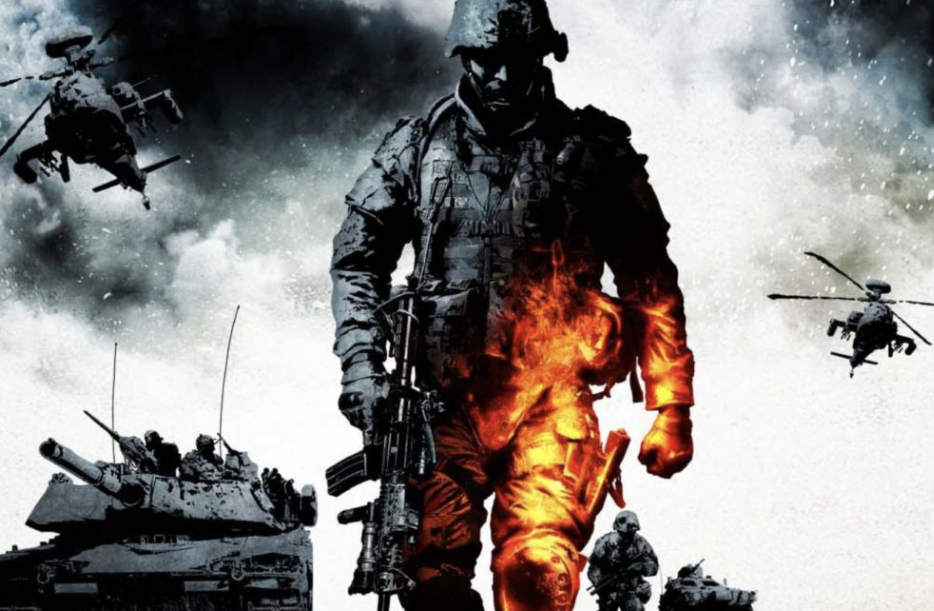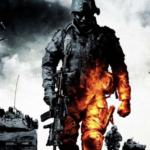World of Warplanes, the World of Tanks, and the creator Wargaming turned their attention to the ocean after successfully conquering the land and the air. The semi-historical machine fighting exclusive to Wargaming’s World of Warships was introduced to naval warfare in 2015.
Players can battle in various locales in World of Tanks, where the placement of objects and the topography have tactical significance. You are placed in the fuselage of a metal bird traveling through the air at a high rate of speed in World of Warplanes.
However, nothing stands between the player and a torpedo in World of Warships. You have a cargo of explosives, are a ponderous, floating chunk of metal, and may have a few yards of armor.
Teamwork Over Individual Bragging Rights
You’ll be bitterly disappointed if you’re hoping to see a simulation game of naval battle. World of Warships carries on Wargaming’s legacy of reducing complicated war machine controls to a straightforward mouse and keyboard layout.
The complex maneuvers of a battleship are not attempted to be reduced to 101 keys or fewer in World of Warships. Instead, its team-based, analytical fighting is where its richness lies.
In World of Warships, the warships are sluggish and heavy, and the guns take an eternity to fire and considerably longer to reload. Long-distance combat between players takes place across kilometers of open area. The margin between straight strikes and costly misses might be as little as one millimeter.
Every step and action must be thoughtful and planned since there is so little tolerance for error. It’s not simply sensible to circle a tiny island to position your ship for a direct flanking shot; you also have a large window of time to unleash hell on their vulnerable side before they can retreat to safety.
But these instances of personal triumph are uncommon. World of Warships’ gameplay is substantially more defensive. The importance of placement, clever teamwork and map awareness has increased. Every ship has an important job, whether a hard-hitting battleship or a reconnaissance cruiser.
A great player might have set up their position so they may shoot without worrying about retribution. A decent player can strike their objective from 4 kilometers away around 50% of the time.
However, this emphasis on collaboration might need to be clarified to a newbie. In the most basic level of play, participants pilot their spacecraft aimlessly. Each target is a perfect shot, and gamers frequently neglect their teammates because they are too preoccupied with their immediate surroundings. It’s amusing and annoying at the same time.
Fortunately, the game’s fundamental ideas are easy for everyone to understand and grasp. You’ll eventually get past the lowest ranks. Your expectations for placement, communication, and synchronization will change as your abilities do.
Ships Ahoy
There are four different ship kinds, each offering a different playing style. They can move at varying speeds, carry various weapons, and even have armor in multiple areas, so what could be a successful strike against one ship might be useless against another.
Additionally, your ships may be outfitted with many ammo crates and specialized gear to increase their capability for surveillance or repair.
The aircraft carrier is the most peculiar ship type that plays differently from the rest. Carriers sit in the background, sending squadrons of bomb-carrying planes to wreak havoc from the air instead of actively participating in ship-to-ship battles. Theoretically, pages are designed to give World of Warships a hint of World of Warplanes, Wargaming’s other massively multiplayer online game.
Carriers are tedious to play against and defend against in practice. The aircraft units you deploy do damage gradually rather than in bursts. This implies that the carrier playstyle consists of a monotonous cycle of flying your aircraft out, approaching an enemy, and dropping bombs. The flight dynamics are fundamental; they are nothing like the thrilling air maneuvers in World of Warplanes.



